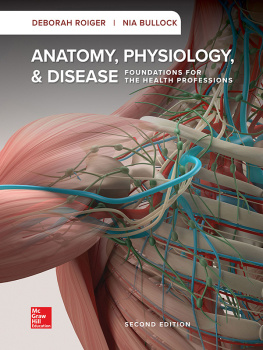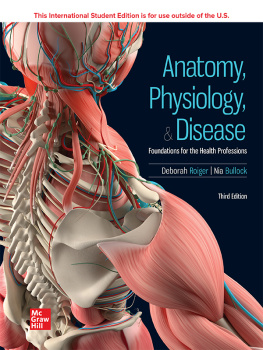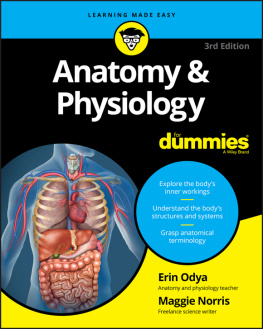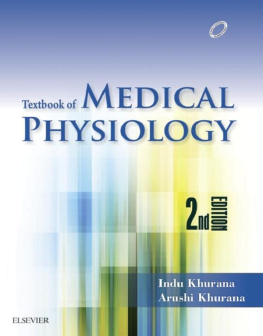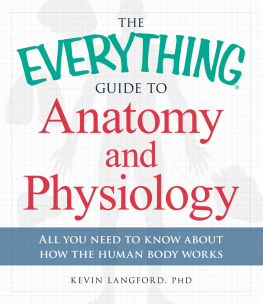Aspinall Victoria - Introduction to Veterinary Anatomy and Physiology Textbook: E-Book
Here you can read online Aspinall Victoria - Introduction to Veterinary Anatomy and Physiology Textbook: E-Book full text of the book (entire story) in english for free. Download pdf and epub, get meaning, cover and reviews about this ebook. year: 2015, publisher: Elsevier Health Sciences, genre: Religion. Description of the work, (preface) as well as reviews are available. Best literature library LitArk.com created for fans of good reading and offers a wide selection of genres:
Romance novel
Science fiction
Adventure
Detective
Science
History
Home and family
Prose
Art
Politics
Computer
Non-fiction
Religion
Business
Children
Humor
Choose a favorite category and find really read worthwhile books. Enjoy immersion in the world of imagination, feel the emotions of the characters or learn something new for yourself, make an fascinating discovery.

- Book:Introduction to Veterinary Anatomy and Physiology Textbook: E-Book
- Author:
- Publisher:Elsevier Health Sciences
- Genre:
- Year:2015
- Rating:4 / 5
- Favourites:Add to favourites
- Your mark:
- 80
- 1
- 2
- 3
- 4
- 5
Introduction to Veterinary Anatomy and Physiology Textbook: E-Book: summary, description and annotation
We offer to read an annotation, description, summary or preface (depends on what the author of the book "Introduction to Veterinary Anatomy and Physiology Textbook: E-Book" wrote himself). If you haven't found the necessary information about the book — write in the comments, we will try to find it.
Introduction to Veterinary Anatomy and Physiology Textbook: E-Book — read online for free the complete book (whole text) full work
Below is the text of the book, divided by pages. System saving the place of the last page read, allows you to conveniently read the book "Introduction to Veterinary Anatomy and Physiology Textbook: E-Book" online for free, without having to search again every time where you left off. Put a bookmark, and you can go to the page where you finished reading at any time.
Font size:
Interval:
Bookmark:
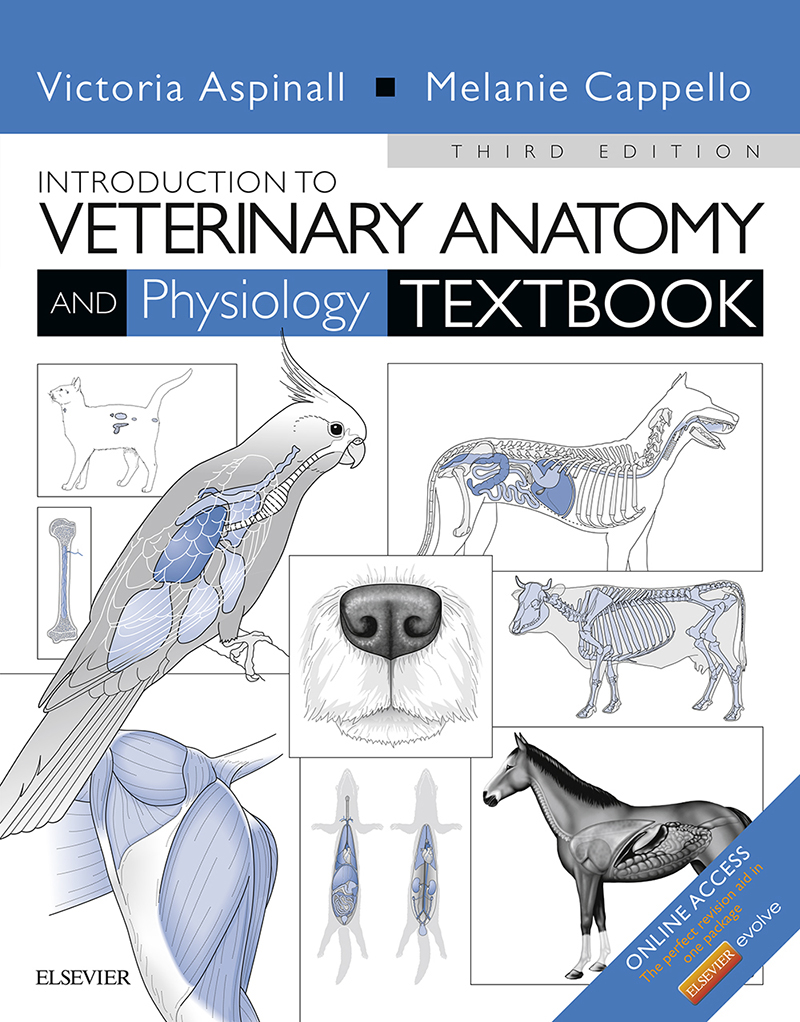
Third Edition
Victoria Aspinall, BVSc MRCVS
Senior Lecturer in Veterinary Nursing, Hartpury College, Gloucester, UK
Melanie Cappello, BSc(Hons) Zoology PGCE VN
East Grinstead, West Sussex, UK
Contribution by
Catherine Phillips, RVN REVN CertEd PGDip FHEA
Head of Department, Veterinary Nursing, Hartpury College, Gloucester, UK


2015, Elsevier Ltd. All rights reserved.
No part of this publication may be reproduced or transmitted in any form or by any means, electronic or mechanical, including photocopying, recording, or any information storage and retrieval system, without permission in writing from the publisher. Details on how to seek permission, further information about the Publishers permissions policies and our arrangements with organizations such as the Copyright Clearance Center and the Copyright Licensing Agency, can be found at our website: www.elsevier.com/permissions.
This book and the individual contributions contained in it are protected under copyright by the Publisher (other than as may be noted herein).
First edition 2004
Second edition 2009
Reprinted 2009, 2010 (twice), 2011
Third edition 2015
Reprinted 2015
ISBN 978-0-7020-5735-9
Notices
Knowledge and best practice in this field are constantly changing. As new research and experience broaden our understanding, changes in research methods, professional practices, or medical treatment may become necessary.
Practitioners and researchers must always rely on their own experience and knowledge in evaluating and using any information, methods, compounds, or experiments described herein. In using such information or methods they should be mindful of their own safety and the safety of others, including parties for whom they have a professional responsibility.
With respect to any drug or pharmaceutical products identified, readers are advised to check the most current information provided (i) on procedures featured or (ii) by the manufacturer of each product to be administered, to verify the recommended dose or formula, the method and duration of administration, and contraindications. It is the responsibility of practitioners, relying on their own experience and knowledge of their patients, to make diagnoses, to determine dosages and the best treatment for each individual patient, and to take all appropriate safety precautions.
To the fullest extent of the law, neither the Publisher nor the authors, contributors, or editors, assume any liability for any injury and/or damage to persons or property as a matter of products liability, negligence or otherwise, or from any use or operation of any methods, products, instructions, or ideas contained in the material herein.


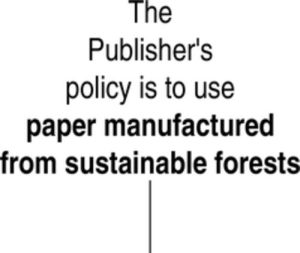
Printed in China
Last digit is the Print Number: 9 8 7 6 5 4 3 2
Victoria Aspinall; Melanie Cappello
By the time this third edition of Introduction to Veterinary Anatomy and Physiology is published, six years will have passed since the second edition, and we decided that it was time to update it. The book is used as a standard text for many animal-based courses in both higher and further education and in particular all veterinary nursing courses. So with this in mind we decided to increase the clinical content and to answer the question Why do we have to learn anatomy and physiology? As lecturers in the subject we are well aware that many students resent time spent away from clinical nursing, both theoretical and practical, and find A/P boring, so it is our job to link the theory with what might be seen in practice. In all chapters there are increased numbers of short descriptions of disease conditions that are relevant to the system being described most of them are common; a few, especially those in exotic species, may only be seen in specialist practices.
We have also included a new chapter on the anatomy and physiology of farm animals. Recently, new courses of study for veterinary nurses have been developed to widen the range of animals to include large animals. This is in response to the demand of mixed veterinary practices, especially those in the country, that require their nurses to be able to work with all types of animal. There are many books written on the subject but these are either very dated or aimed at a higher level of study. Our chapter on large animals provides information at a similar level to the rest of the text and offers a comparison between the anatomy of the dog, cat and especially the horse and pays particular attention to the important differences in the skeletal and digestive systems of the species.
Once again we feel that we have produced a useful, accurate and informative text book that we both hope will continue to be used as the bible of anatomy and physiology for veterinary nurses and all other students in animal-related courses.
Victoria Aspinall, BVSc, MRCVS, qualified from Bristol University in 1974 and went into small animal practice in Kings Lynn, Norfolk, with her husband, Richard, who is also a vet. After five years, including brief spells in practices in Sussex and Swindon, they set up a small animal practice in Gloucester. In 1991 Vicky was employed to help start the new Animal Care department at Hartpury College, Gloucester, and in 1993 was appointed Head of Animal Care and Veterinary Nursing. In 1999 she left the college to start Abbeydale Vetlink Veterinary Training Ltd above her husband's practice and then sold it in 2010 when it moved to Monmouth. While running the business, Vicky also taught vet nurses at Filton College, Bridgwater College and Bridgend College, although not all at the same time! She has recently returned to teach part time at Hartpury College. Vicky has four children, none of whom has followed their parents into the profession!
In the last few years, Vicky has written articles on many veterinary nursing subjects for the Veterinary Nursing Journal and the Veterinary Nursing Times . She has also been responsible for a series of CD-ROMs on anatomy and physiology and has been a contributor to several major veterinary nursing textbooks, including BSAVA Textbook of Veterinary Nursing , 4th edition. Vicky has also acted as editor for Clinical Procedures in Veterinary Nursing and The Complete Textbook of Veterinary Nursing and has written the companion to this book, Essentials of Veterinary Anatomy and Physiology . Recently, with her husband, she produced Clinical Procedures in Small Animal Veterinary Practice , designed for veterinary surgeons.
Melanie Cappello, BSc(Hons), Zoology PGCE VN, started out as a veterinary nurse, qualifying in 1990, and working in both mixed and small animal practice, before working at the Royal Veterinary College (RVC) from 1991 to 1993. She then left to undertake a degree in Zoology at University College London, where she graduated with honours in 1996. After taking a break to start a family, Melanie then went into teaching and taught anatomy and physiology to student veterinary nurses from 1998 to 2004, at the College of Animal Welfare's RVC site. During this time she completed a Postgraduate Certificate in Education.
Font size:
Interval:
Bookmark:
Similar books «Introduction to Veterinary Anatomy and Physiology Textbook: E-Book»
Look at similar books to Introduction to Veterinary Anatomy and Physiology Textbook: E-Book. We have selected literature similar in name and meaning in the hope of providing readers with more options to find new, interesting, not yet read works.
Discussion, reviews of the book Introduction to Veterinary Anatomy and Physiology Textbook: E-Book and just readers' own opinions. Leave your comments, write what you think about the work, its meaning or the main characters. Specify what exactly you liked and what you didn't like, and why you think so.


